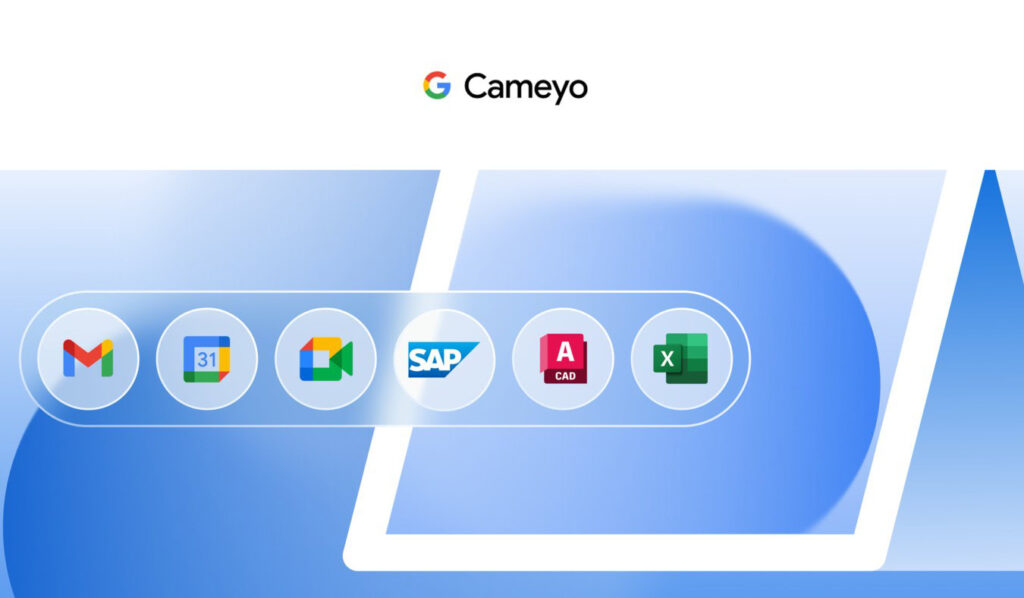The biggest argument against mass corporate adoption of ChromeOS has always been simple: legacy Windows apps. If your business relied on specialized software like an old ERP client, AutoCAD, or a macro-heavy version of desktop Excel, moving away from Microsoft’s ecosystem was virtually impossible. Now, Google is declaring that argument invalid. The company is relaunching Cameyo as “Cameyo by Google.”
Cameyo by Google offers a unique Virtual App Delivery (VAD) solution. It helps to stream those essential Windows programs directly to any Chromebook. This move eliminates the “app gap” and opens a clear path for organizations to finally modernize their entire desktop fleet.
Google makes it easy to run legacy Windows apps on Chromebooks
This solution is significantly different from traditional Virtual Desktop Infrastructure (VDI). The latter usually require users to stream an entire, resource-heavy virtual desktop environment. Instead, Google’s new method streams individual Windows applications directly to the user’s browser or device.
With this approach, users can now run essential Windows programs right inside the Chrome browser or as Progressive Web Apps (PWAs) that genuinely feel like native software. This allows a user to work side-by-side with Chrome and other web-based tools. The tool should entirely eliminate the clunky context-switching previously required to manage a separate virtual machine. For IT teams, the process is far simpler and faster than deploying complex VDI solutions.
Tool unlocks full enterprise migration
Google’s goal is straightforward. The firm wants to convince organizations to migrate their entire fleet to the secure ChromeOS platform. The company touts ChromeOS as a safer alternative to Windows, citing its record of zero reported ransomware attacks. Cameyo effectively removes the last major technical excuse for staying tethered to Microsoft’s operating system. This offers a flexible path for organizations to modernize their tech stack without abandoning key legacy software investments.
The move also strengthens the Chrome Enterprise ecosystem. It effectively unites both modern web apps and legacy Windows apps under a single security umbrella. Integrated with Chrome Enterprise Premium, Cameyo allows IT to apply advanced security and Data Loss Prevention (DLP) controls—like blocking copy/paste or printing—to those legacy apps. These were previously ungoverned outside the browser environment. Furthermore, this integration allows those older apps to tap into the power of AI via Gemini in Chrome.
This expansion cements Google’s commitment to ChromeOS in the enterprise sector. That said, the timing is slightly unusual given recent rumors about Google also developing Android PCs. Regardless of future platform shifts, this focus on Virtual App Delivery shows Google is serious about eliminating the “app gap” and challenging Microsoft’s dominance in the corporate desktop market.

